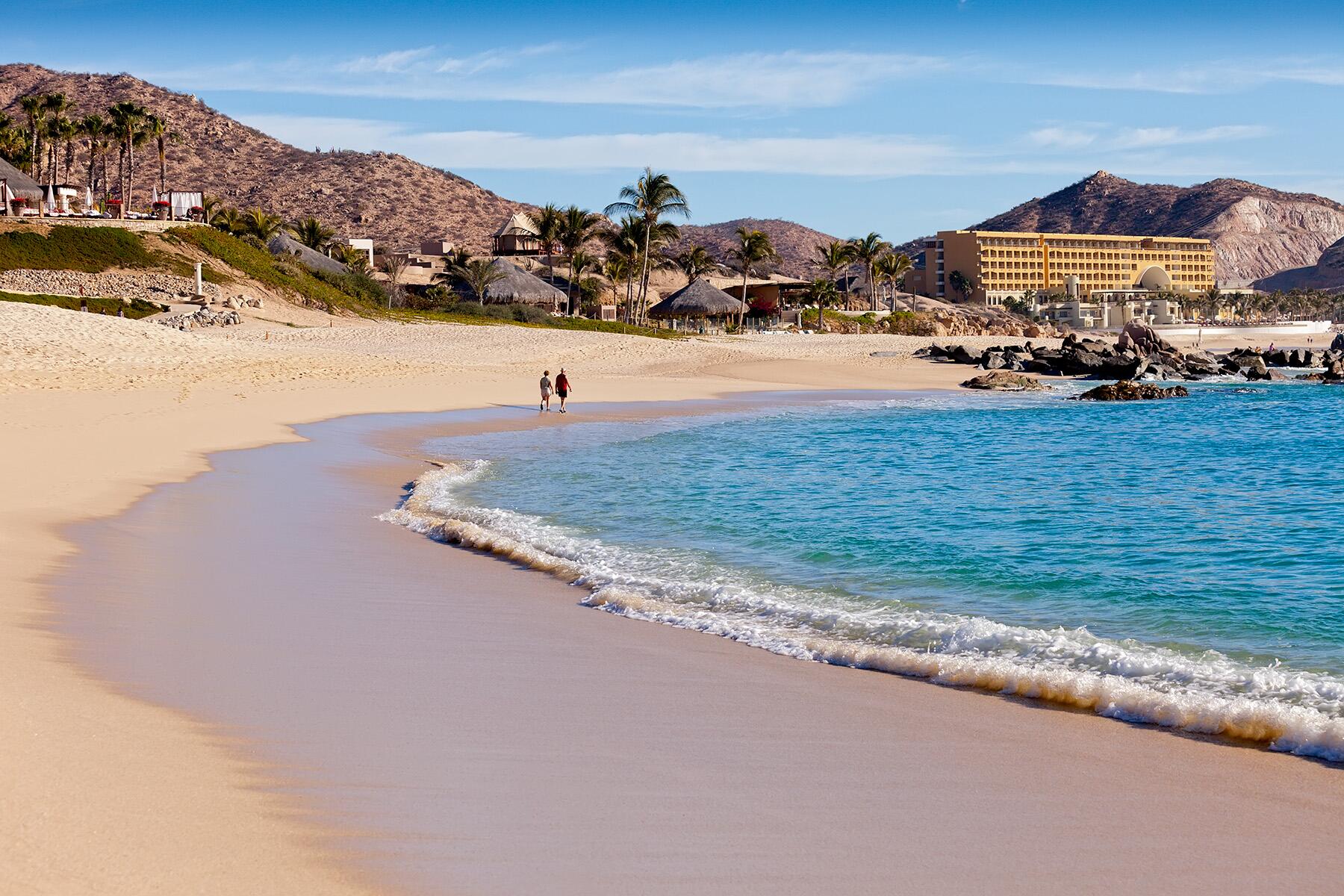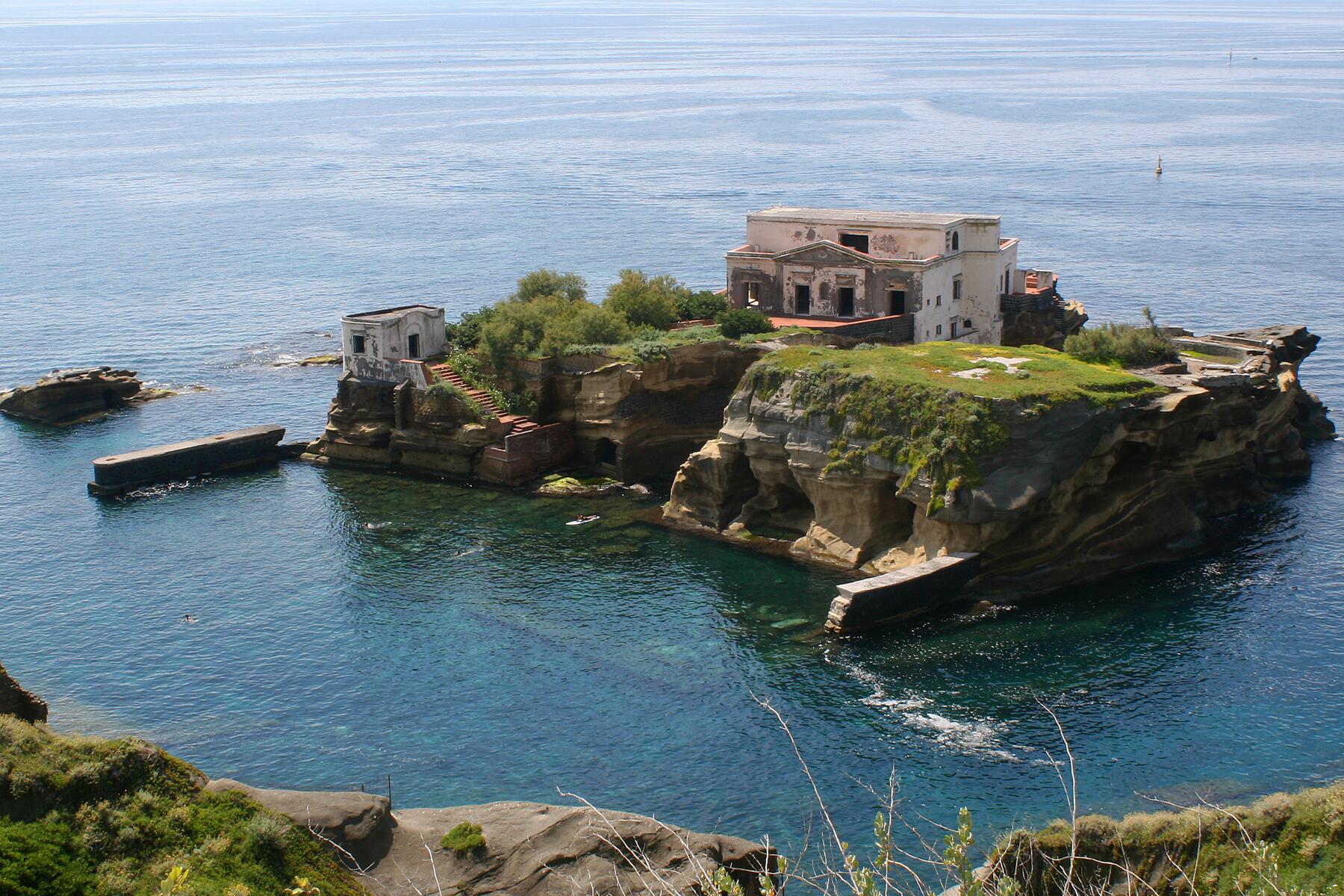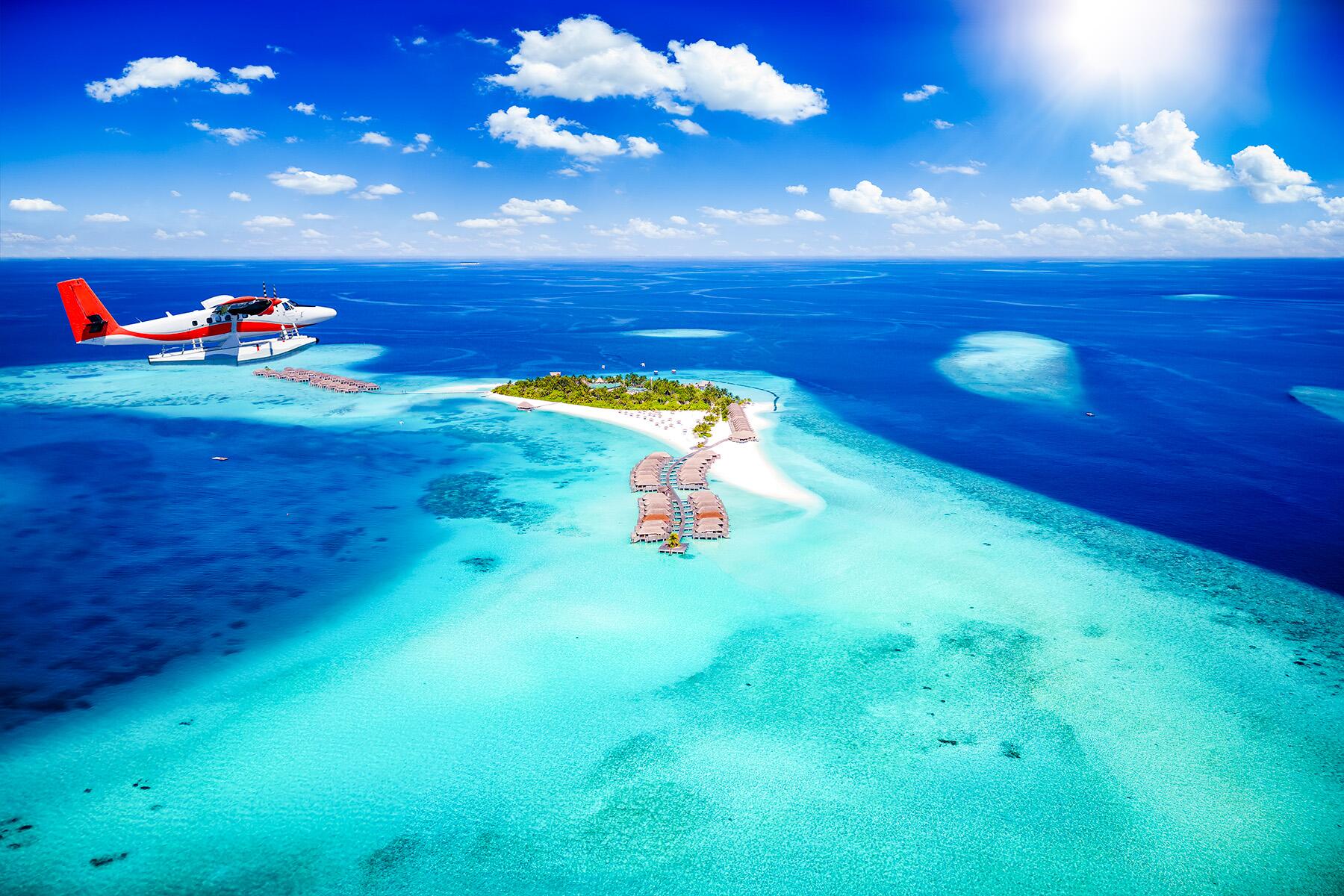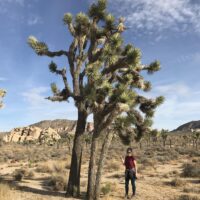Visions of Korea conjure futuristic skyscrapers, bustling cities, and a spiderweb of efficient transit. But did you know that Korea also contains awe-inspiring natural wonders?
South Korea is a place of wide-ranging elements on a relatively small peninsula (about the size of Maine), where a tech-forward population races to the future, showcased in incredible buildings and modern infrastructure. But the grandeur of its natural landscapes eclipses even its most advanced feats of modern creation. In fact, on one tiny island just south of the cape, the island of Jeju, designated one of the New Seven Wonders of Nature in a 2011 global poll, flaunts an abundance of unusual landscapes, pristine scenery, and natural phenomena.





